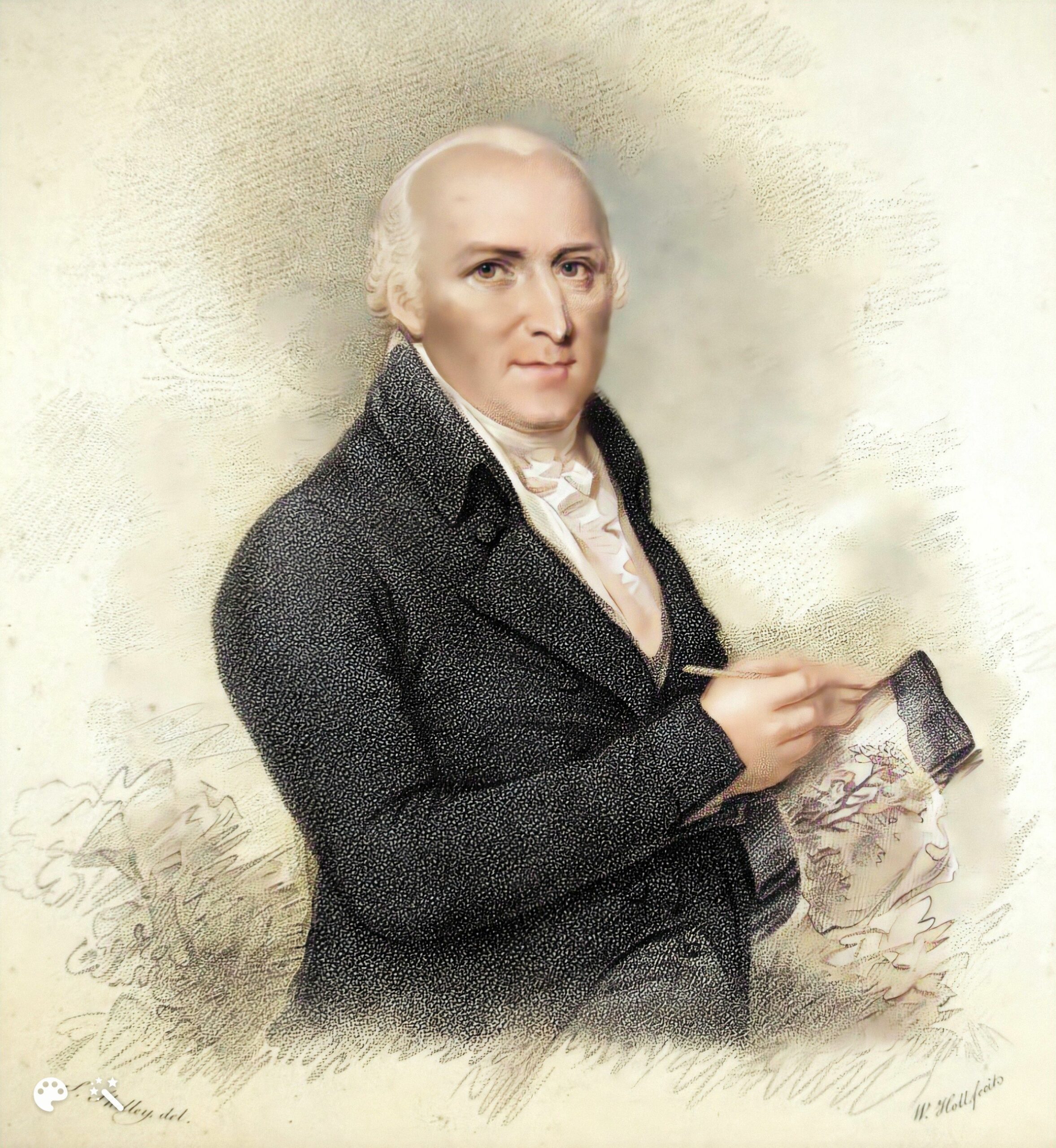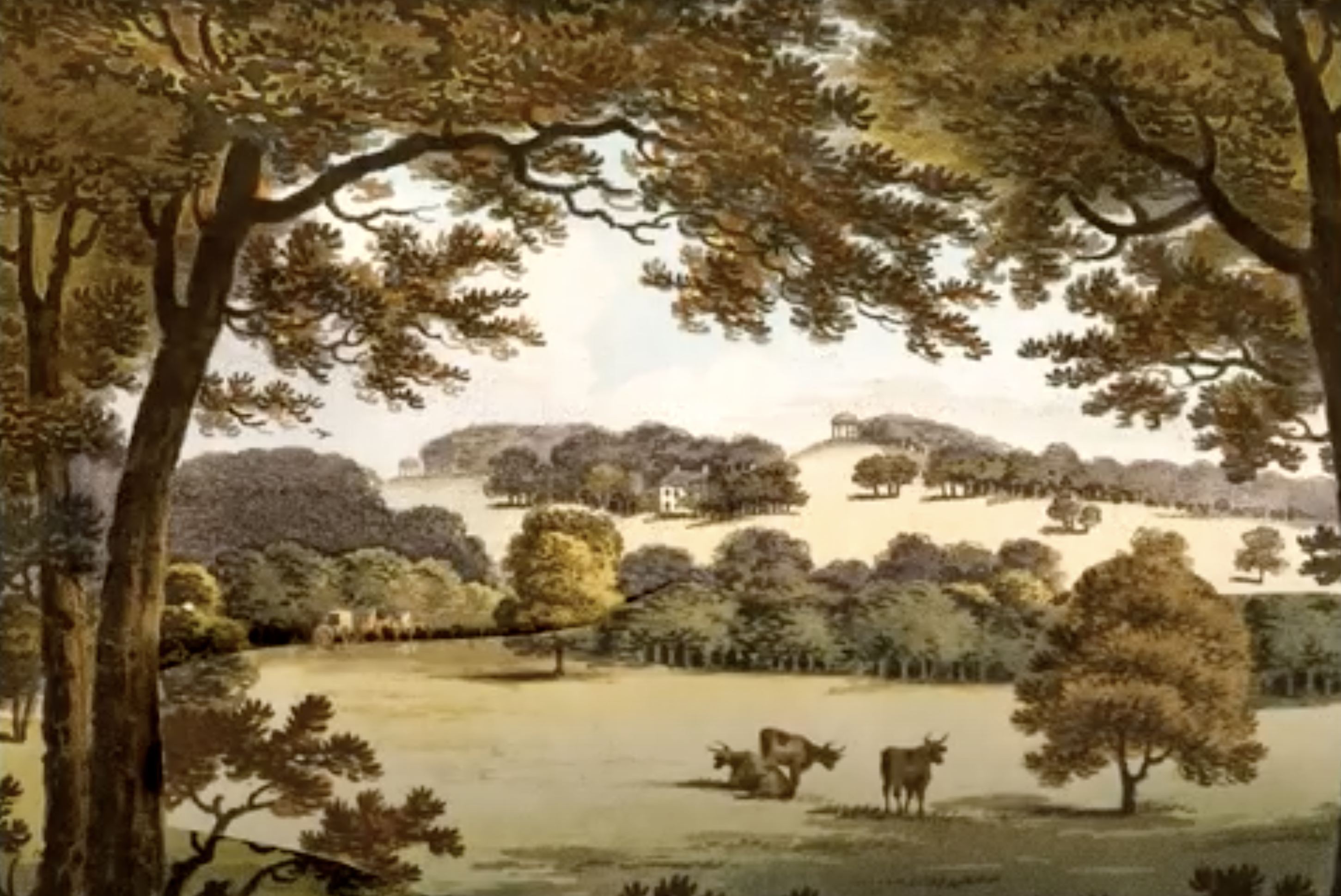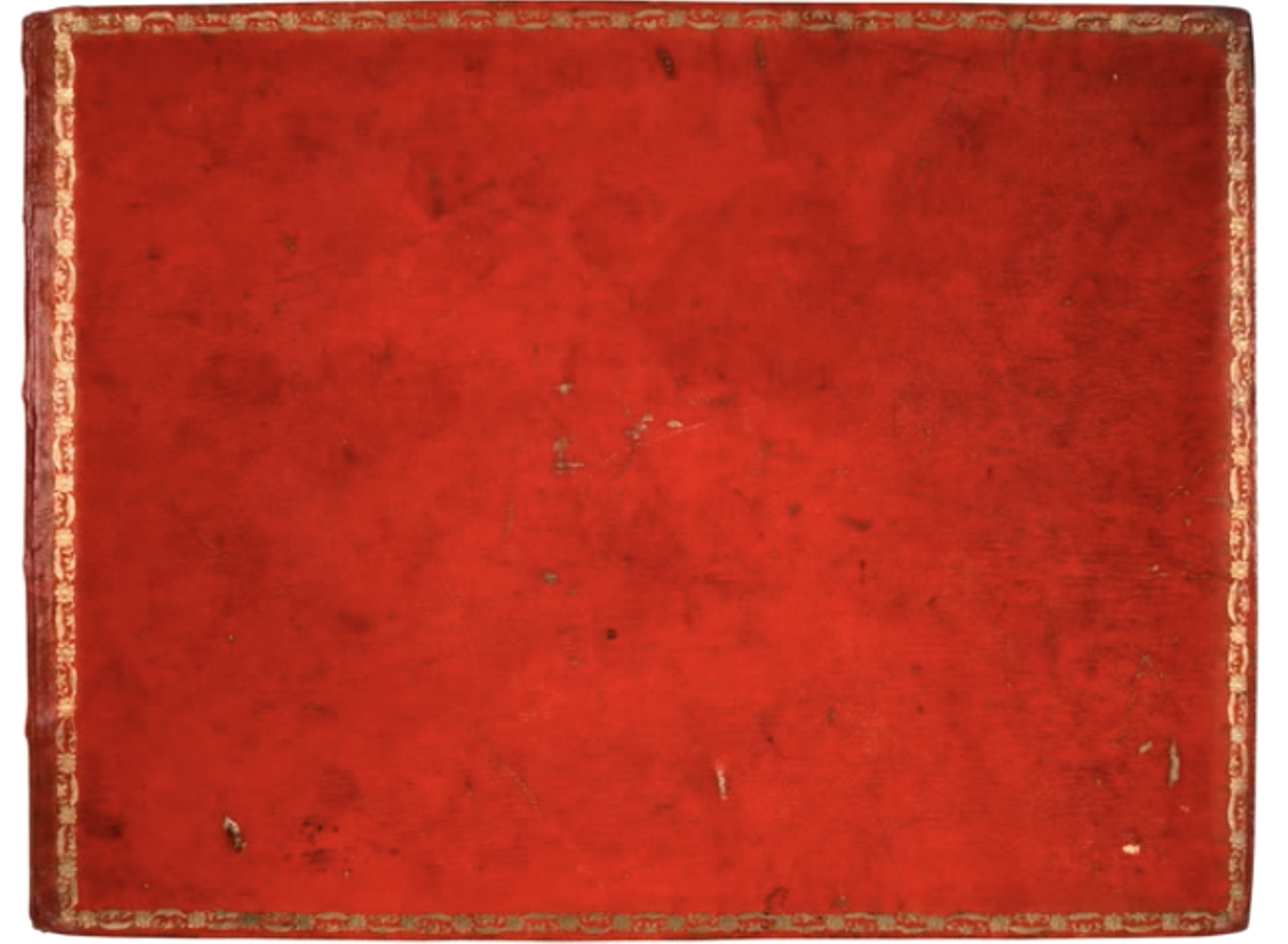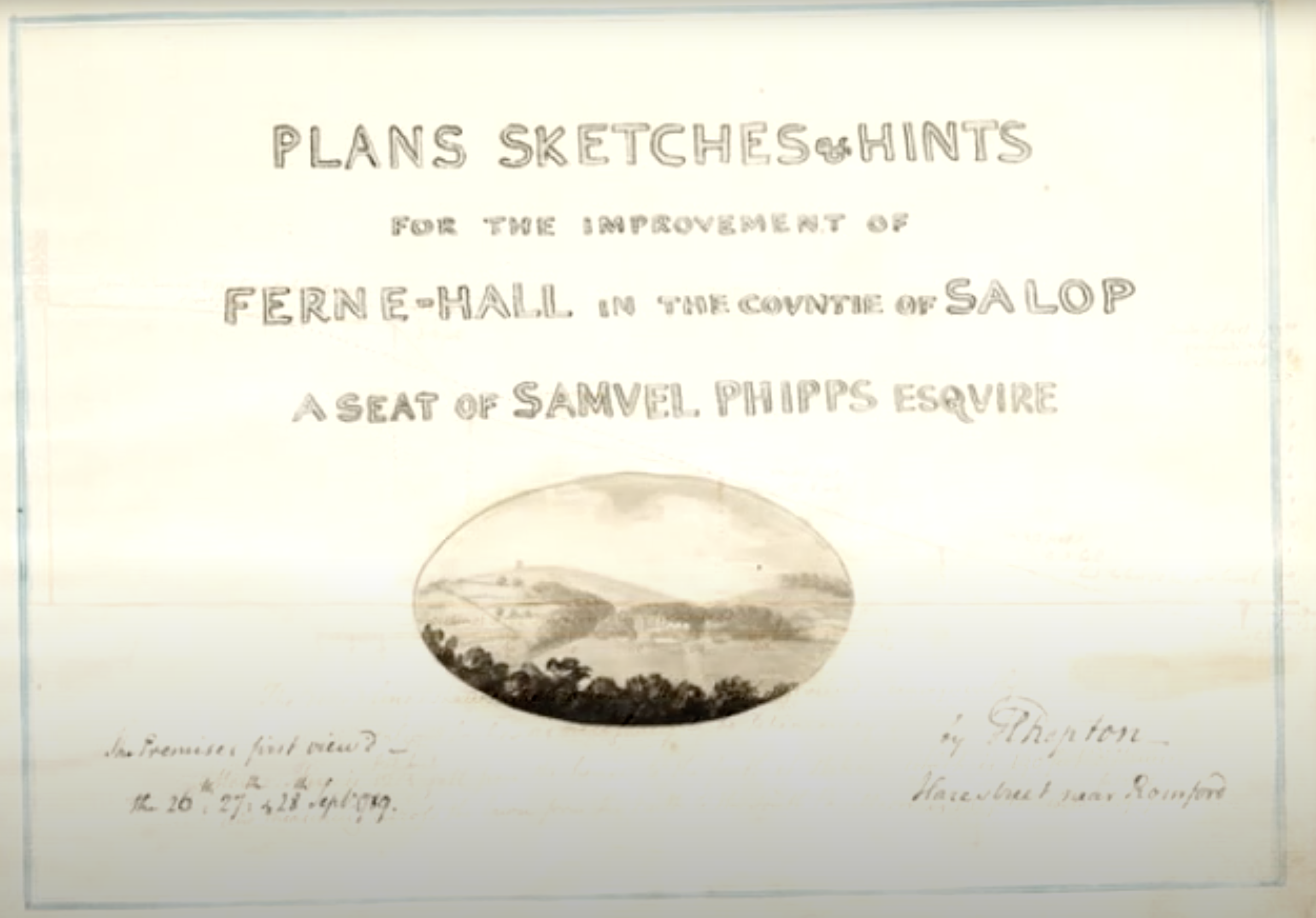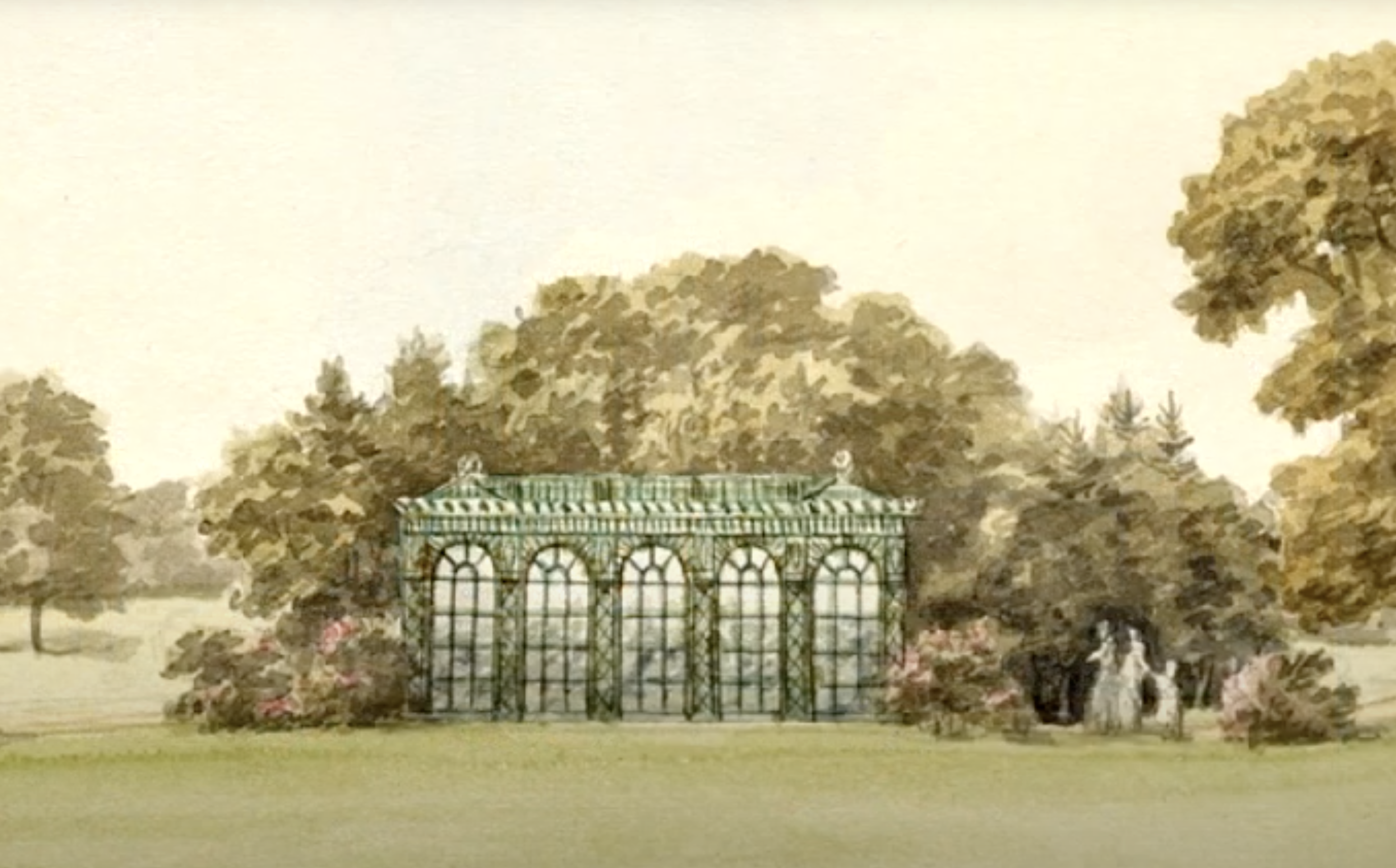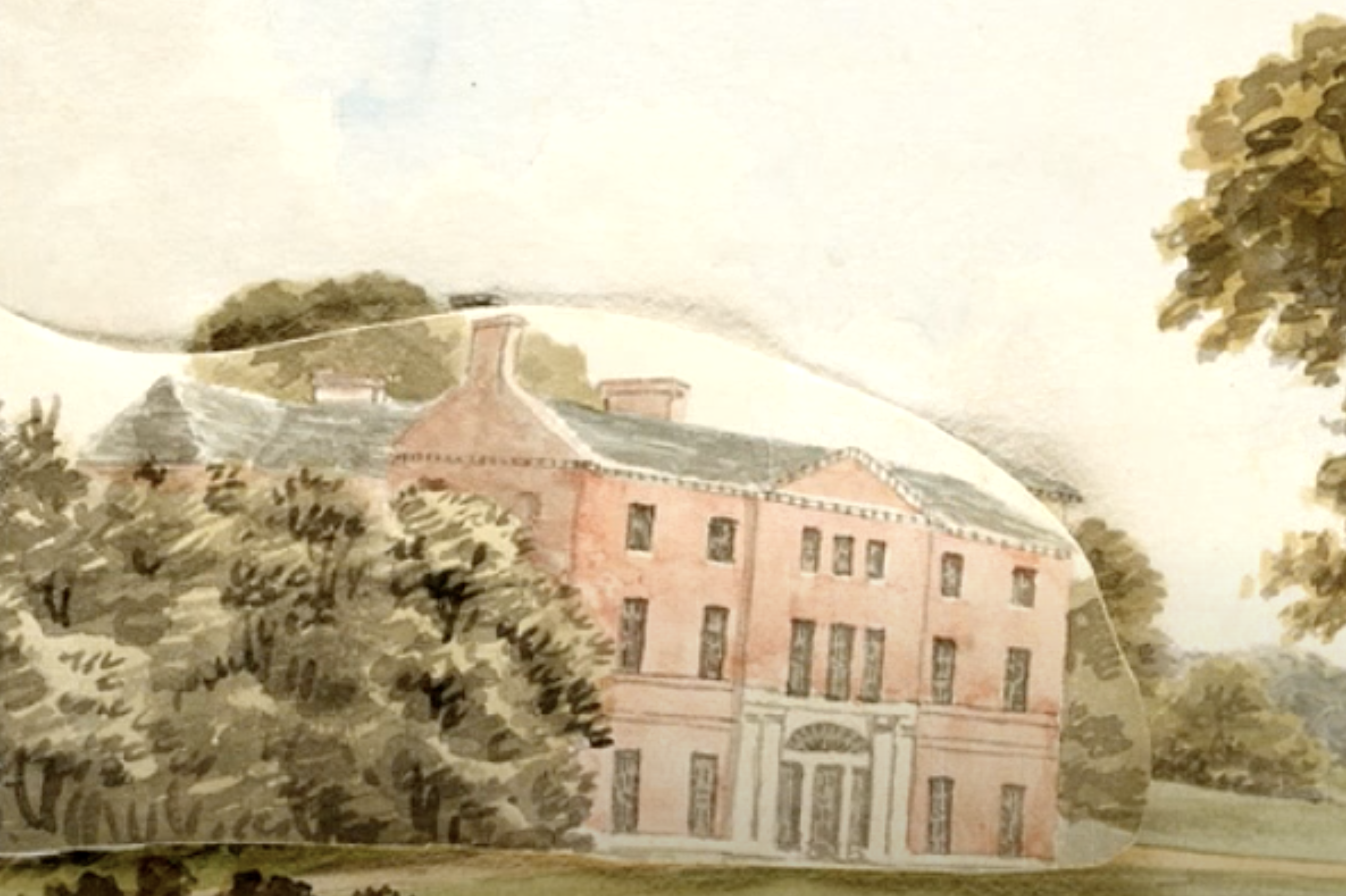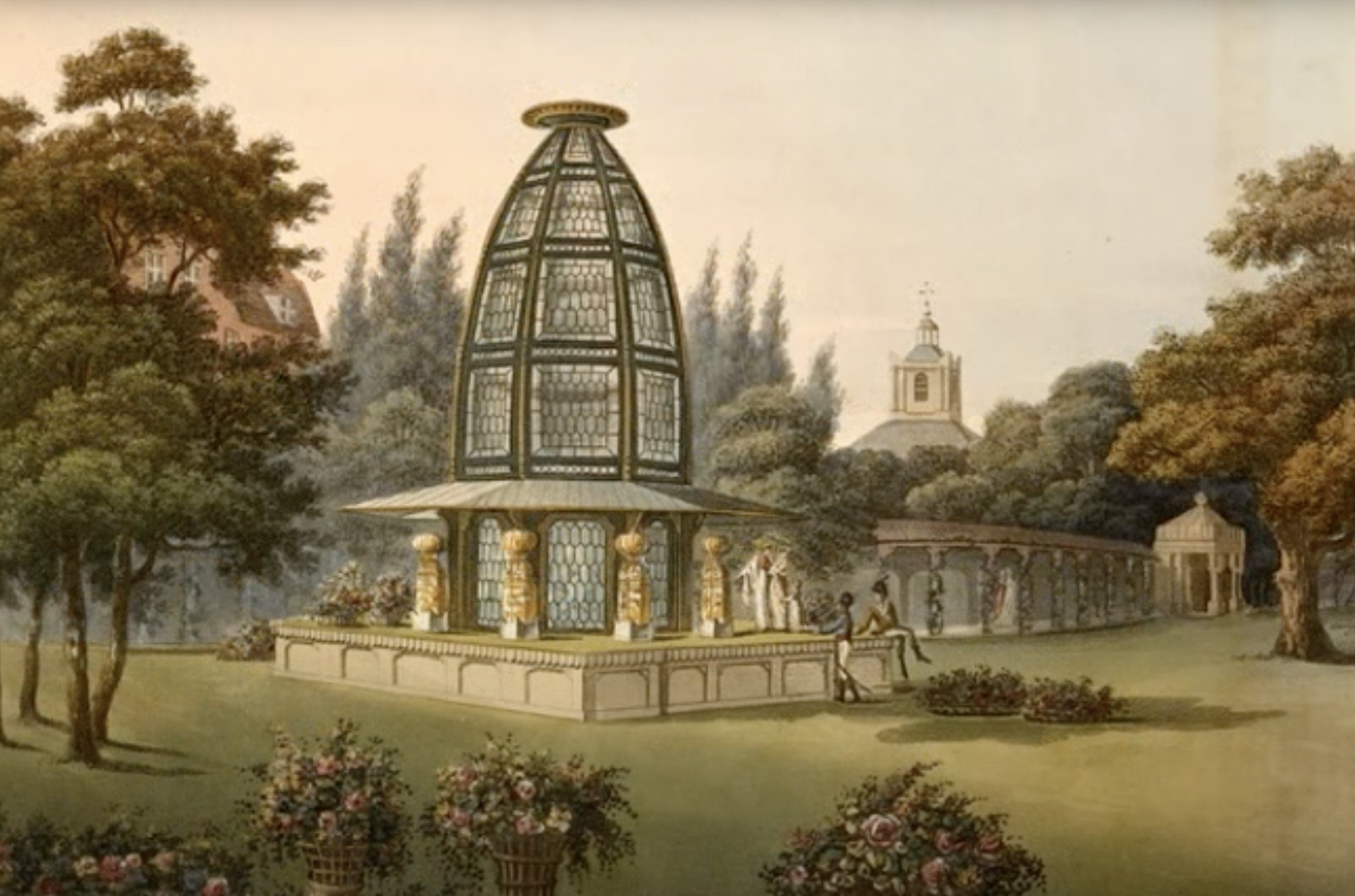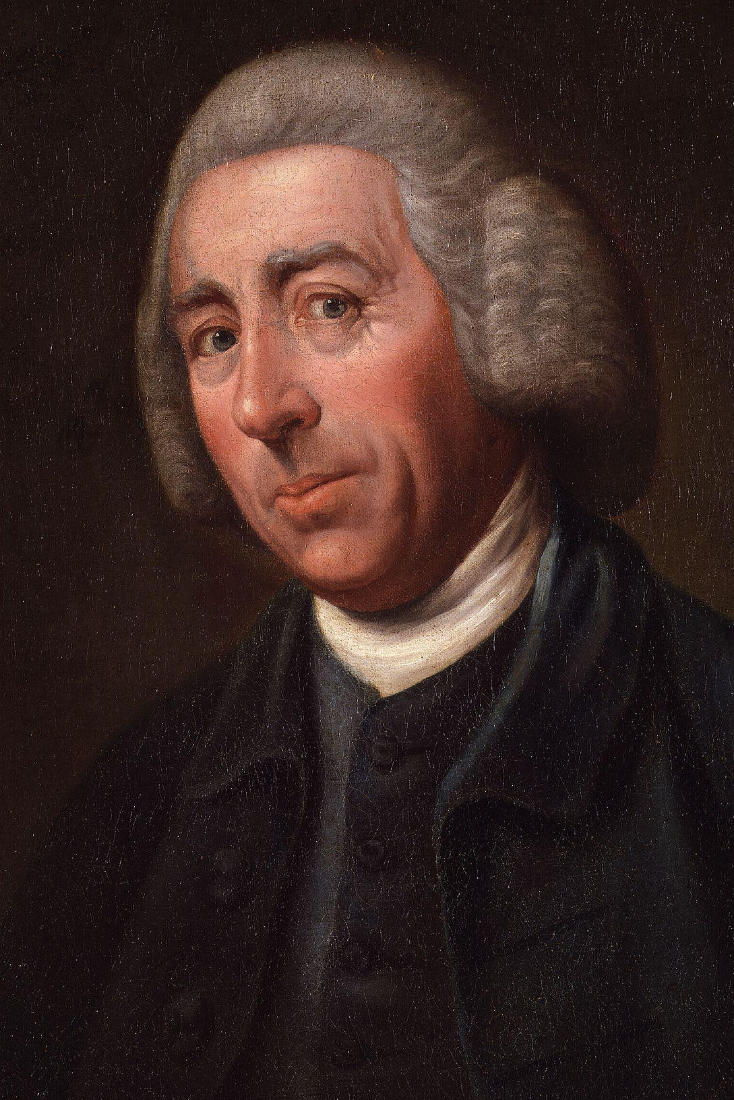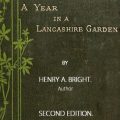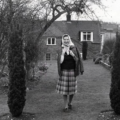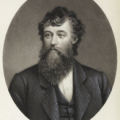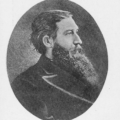Remembering the Last Great English Landscape Designer of the eighteenth century: Humphry Repton
Subtitle
March 24, 1818
Today is the anniversary of the death of the innovative and all-time great landscape gardener Humphry Repton. (Note that there is no ‘e’ in the spelling of Humphry).
Humphry was trained and molded by the great Capability Brown.
As he matured, Humphry broke away from his mentor’s shadow and led a transformation of English gardens that was very much a departure from Capability Brown’s formal gardens.
Humphry wanted landscapes that brought out “the natural beauty” and hid “the natural defects of every situation.”
Humphry designed over 400 gardens, and his picturesque landscapes are known for their gently rolling vistas, attractive clumps of trees, terraces, and homes nestled in amongst shrubs and foliage.
Like many successful modern landscape designers, Humphry was a natural marketer of his work.
He created red leather portfolios by hand for his clients, and his illustrations were pastoral and compelling.
By using his Red Books (as he called them) to showcase his design ideas, Humphry’s clients could see his delightful watercolors depicting the current state of their property, and then they would lift a flap and see what their property would look like after Humphry improved it.
Even today, the gardeners lucky enough to see them are impressed with his innovative and ingenious use of page flaps, which showed the before and after effects of his planned design changes.
Humphry’s before and after red books with their liftable flaps were impressive works of art.
Today, the world is blessed that around 100 of Humphry’s Red Books survive in public and private collections.
In addition to his pioneering marketing with Red Books, Humphry coined the term Landscape Gardener, which was carved into his business cards made from the bark of pine trees. (How clever!)
And, if you’ve ever heard of a ha-ha wall - Humphry loved to use them.
A ha-ha is a sunken fence that is not noticeable until it is reached.
Humphry liked them because they didn’t disrupt the landscape the way a fence would. Humphry's landscapes incorporated ha-has to keep sheep and cattle within limits.
When Humphry died in 1818, his remains were placed in a rose garden.
Humphry personally chose his resting place, and he also wrote his epitaph:
Not like the Egyptian tyrants — consecrate,
Unmixed with others shall my dust remain;
But moldering, blended, melting into earth,
Mine shall give form and color to the rose.
And while its vivid blossoms cheer mankind,
Its perfumed odor shall ascend to Heaven.
This post was featured onThe Daily Gardener podcast:
helping gardeners find their roots,
one story at a time
